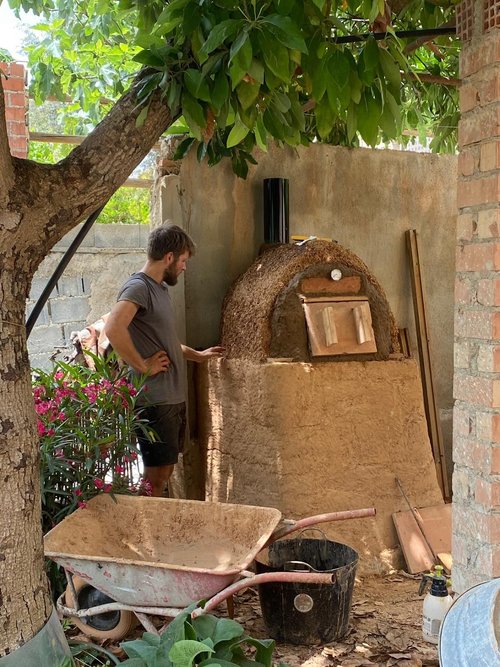Hi Thomas,
"The Rocket Mass Heater Builders Guide" by Erica and Ernie Wisner also explains that outside air brings more problems than benefits. In case you're still looking for information.
It's a good read before building a RMH as it condenses a lot of info into an accessible form.
I would not alter a BBR and expect a good result. Years of testing went into those designs. Fiddle with them and you can expect to fiddle for months and best case get the same result as from a proven design.
And let me try to understand this: you made your house too airtight. So now your wood stove doesn't run correctly. So you open another door of the wood stove and it works?
Couldn't you just make an opening in your house's hull? (Window cracked open, some vent slightly open, a new opening that was invented exactly for that reason)
Or lower the exhaust fan setting while maintaining the same influx of air through the other fan? (in case you have controlled air)






